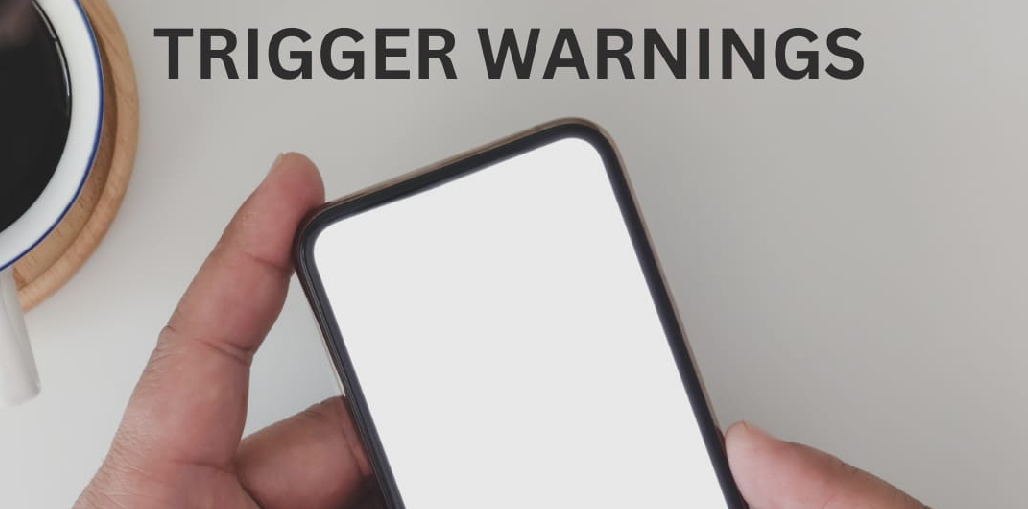
The practice of trigger warnings originated primarily for the benefit of people
with post-traumatic stress disorder. The idea was to flag content that depicted
common causes of trauma, like child abuse, incest, and sexual violence so that
people could then choose whether to engage with this material. Nowadays,
people are much more open about mental health issues. This has led to less
stigma and more open discussion. It also facilitates helpful communication
between people with mental illness.
Trigger warnings play an important role on social media platforms, where
people spend time connecting with others and sharing information on an
unprecedented scale. For example - there have been trends on TikTok where
people talk about their trauma experiences, oftentimes in detail. This can be
very empowering for people partaking in these trends. On the contrary, it can
even re-traumatise other survivors to hear details about traumatic experiences
like theirs.
Not only this, but trigger warnings should be included as a part of our daily life
as well. As students are going back to school, different content covered in
various courses can be sensitive for certain students. To avoid the potential
discomfort around these topics, trigger warnings should be put in place to give
a preface about the sensitive content. The point here’s not to enable let
students to skip these readings. Rather, it’s to allow those who are sensitive to
these subjects to prepare themselves for reading about them, and better
manage their reactions. As a very basic example we can consider the fact that
in COVID times, many children lost their parents. If, at the same time, a poem
is being taught in class solely based on the theme of mother’s love, it may have
a severe impact on one’s mental health. This’s where trigger warning plays a
crucial role and emphasis on the need to be present before any such content
because every person life experiences are different and each one of us reacts
differently to different situations.